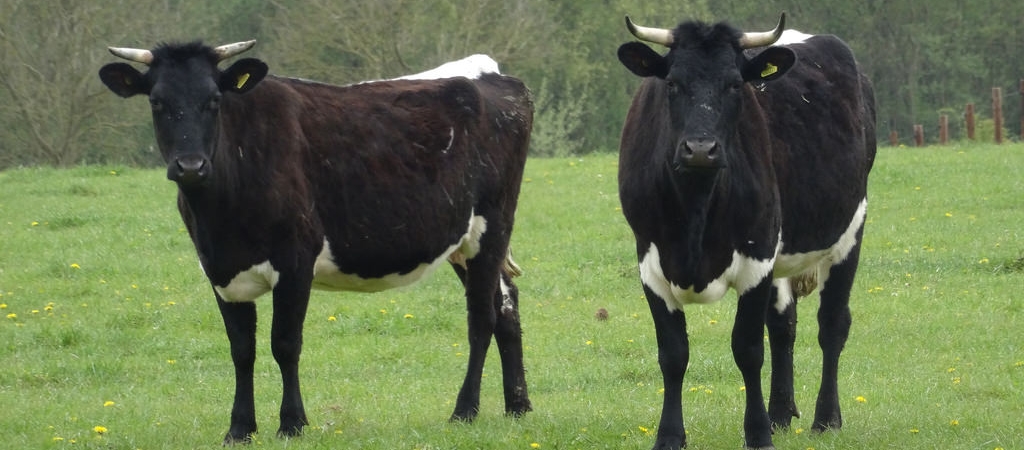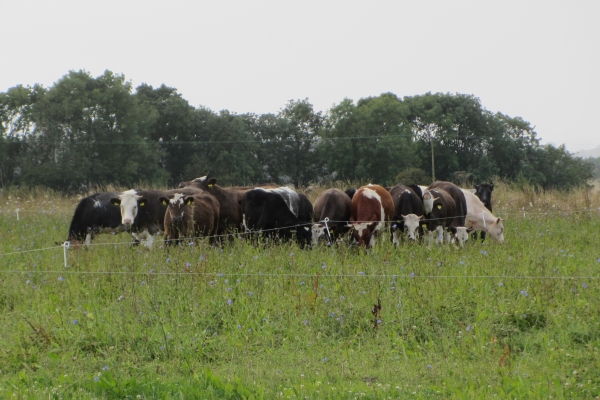Breeding cows suitable for low-input and organic dairy systems
SOLID: Technical Note 6
Resource explained
For an efficient, low-input forage-based milk production system, you need to have a cow that can consume large quantities of forage per unit bodyweight, efficiently convert this forage into milk, become pregnant within a defined breeding season, and have a high health status. This technical note, produced as part of the SOLID project, presents the challenges and considerations for farmers in selecting animals for low-input and organic dairying systems, and some of the conclusions reached within the project. It looks at the performance of breeds commonly used in dairy farming in Austria, Northern Ireland and Finland, focusing on breeds/genotypes perceived as being ‘better adapted’ to organic and low-input systems. The pros and cons of key strategies to improving breeding are discussed, including crossbreeding, setting a clear set of breeding objectives, and basing decisions on genetic indices.
Findings & recommendations
- Results show that under the experimental conditions of the project, the breeds perceived as being better adapted to low-input and organic systems did not necessarily show clear and substantial advantages over conventional breeds.
- It is important to establish a clear set of breeding objectives that is adapted to each farm. Getting a good understanding of the existing strengths and weaknesses of the herd, the individual cows, and the breed, is the first step in helping to define traits which need to be improved and in choosing the most suitable sire. As part of this, the potential of cows for utilising ‘home-grown’ forage instead of concentrates should be considered.
- ‘Adapted’ breeds may have specific strengths and can offer some advantages in certain environments. There were indications of a more favourable pattern of mobilising energy from body reserves and differences between the breeds in terms of reproduction. These should be considered in the further development of breeding goals towards more robust cows.
- Breeding decisions based on genetic merit must be made with caution as the animal may not ‘deliver’ in a different production environment.
- Successful crossbreeding requires long-term planning and needs to be accompanied by good management and nutrition.








